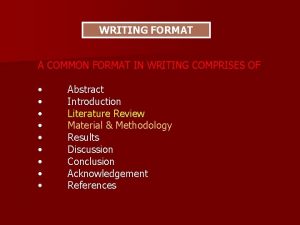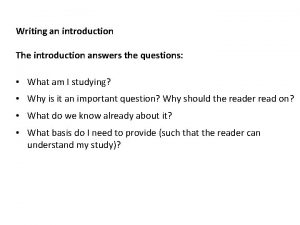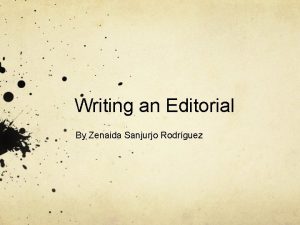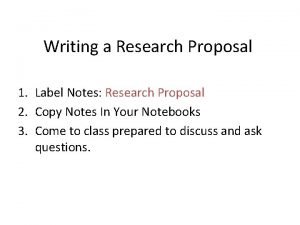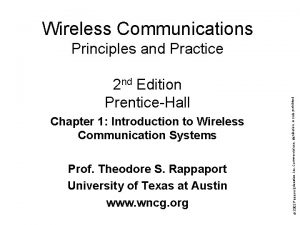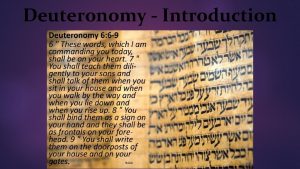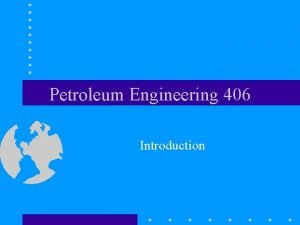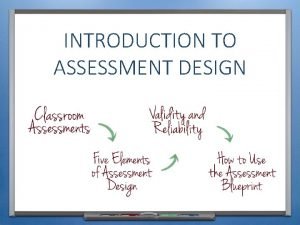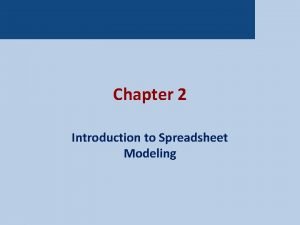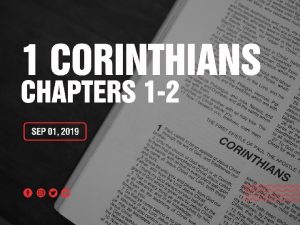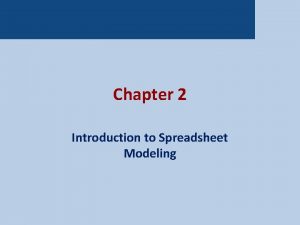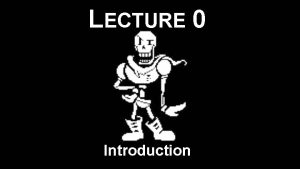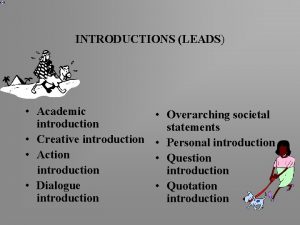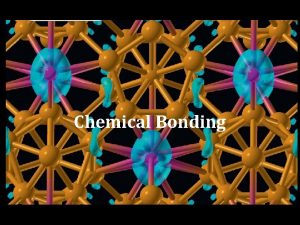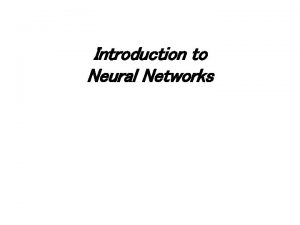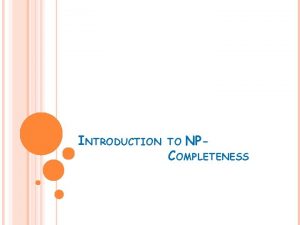P H Y S I C S Introduction




















- Slides: 20

P H Y S I C S Introduction to Work, Power & Kinetic Energy

What is Work? n What do you think of when you think of work?

Work Displacement Force Work is done when a force acts parallel to the direction of the displacement Force Displacement

Work Air Resistance Force Displacement Work is done when a force acts parallel to the direction of the displacement F ric Fo tion rce Dis pla ce me nt

Work or Not? n n Man holds out heavy concrete block at arm’s length for 10 minutes NOT WORK Student pushes car down street WORK Women holds up a large box over-head while walking down the hall way NOT WORK Child pushes a cart along the side walk WORK

What is kinetic energy? n What do you think of when you think of kinetic energy?

Kinetic Energy n n Any moving object has kinetic energy Amount depends on 1) velocity 2) mass

Kinetic Energy Equation n

Kinetic Energy

Work-Energy Theorem n

Work-Energy Theorem n +W increases KE WORK

Formula for Work n n W = f * d W Work (J) f Force (N) d Displacement (m)

What is power? n What makes something powerful?

Power n The rate at which work is done

Work vs. Power n Power accounts for “how fast” work is done A B

Power Equation n

Power Equation n

Household Appliances n n n n 60 W light bulb - 60 W Toaster : 800 -1500 W Microwave : 600 -1500 W Dishwasher : 1200 -1500 W Washing Machine : 500 W Vacuum Cleaner : 200 -700 W Clothes dryer : 4000 W Ceiling Fan : 10 -50 W Hair Blow dryer : 1000 W Laptop Computer : 20 -50 W Desktop Computer : 80 -150 W Cell Phone Charger: 3 -5 W i. Pod/i. Pad Charger: 10 W

Time to explore Power n n What do we need to know to calculate power? What is your force? So if 1 lb=2. 2 kg how much mass do you have? How can we calculate velocity?

On a sheet of paper n n n Calculate your Fg. Now let’s go to the stairs and see who can generate the most power. When we get back calculate your power. This paper is your exit slip. You can’t leave until it’s done.
 Intro paragraph outline
Intro paragraph outline Yashpal committee report pdf
Yashpal committee report pdf Introduction to yacc
Introduction to yacc Dare essay 5th grade
Dare essay 5th grade Introduction of an essay example
Introduction of an essay example Abstract vs introduction
Abstract vs introduction How long is an introduction
How long is an introduction Topics to write an email
Topics to write an email Introduction paragraph bridge
Introduction paragraph bridge Introduction answer the question
Introduction answer the question How to write informative essay
How to write informative essay What is editorial writing
What is editorial writing How to introduce advantages and disadvantages in an essay
How to introduce advantages and disadvantages in an essay Component of research proposal
Component of research proposal Diary entry in past tense
Diary entry in past tense Character analysis thesis examples
Character analysis thesis examples Jane schaffer introduction paragraph example
Jane schaffer introduction paragraph example Mesopotamia civilization introduction
Mesopotamia civilization introduction Prayer for work immersion portfolio
Prayer for work immersion portfolio Wireless communication introduction
Wireless communication introduction Band introduction speech
Band introduction speech






